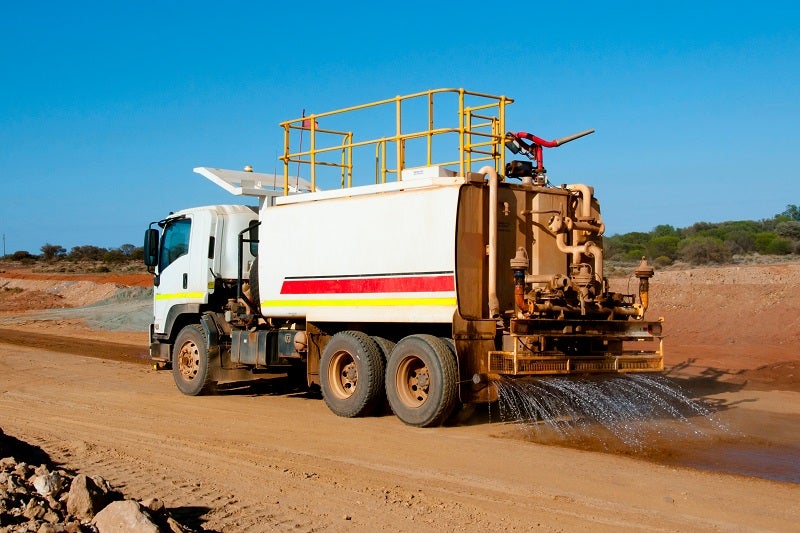
Water management in the mining industry is taken very seriously. Finding an adequate supply of water is an essential part of surveying for new mining sites, as it is necessary for daily operations. From pumping, to distribution and storage, this water must be monitored and managed. Poorly managed water can result in disruption to operations, damage to equipment and the environment, and even fatalities.
In Australia, the driest inhabited continent in the world, water conservation is particularly important. The Australian Government strictly overlooks water usage to prevent wastage, and all industries must work in tandem to ensure that the water supply in a given location is used appropriately, and farming and agriculture will not be negatively affected. Additionally, the mining industry must manage how dirty or contaminated water is dealt with.
According to John Leadbetter, senior managing director at Vega: “You have a hydrologist, or the engineer that does hydrology on site. It is their job to oversee the water, including distribution of water and collection, to make sure that they’re operating efficiently. Also, the discharge of water and environmental condition is monitored.”
“Australia is a dry continent. With the mining operations themselves, the majority of the water that they require for mining is drawn from bore holes.”
When bores are sunk and pumps draw up water, the amount of water in the bore must be monitored so that only holes with adequate water levels are pumped. If pumps run without water, they can breakdown or explode.
“A typical operation might have 20 bores out there.” Leadbetter explains “We drop down what they call a hydrostatic pressure transmitter, such as the VEGAWELL 52. The pressure is calculated based on the amount of water above the transmitter. Every ten meters of water represents one bar. If you’ve got a 100-meter bore that’s full of water, that means there are 10 bars of pressure on that transmitter. They’re able to draw from that bore down to a safe limit without cavitating the pumps.”
“Once the water comes up, it will go through filtration. In some cases, they’ll store the water in large tanks. In other cases, they’ll take the water straight through to processing.”
When it comes to low range radar transmitters, they will be responsible for measuring the water while it is kept in large storage areas so mines can monitor water levels. Vega’s 2020 range of entry-level measurement devices, including basic radar levels and pressure transmitters, have been specifically developed for simple applications.
The VEGAPOINT level switches and VEGABAR pressure transmitters are compact and robust and use radar technology for ensured accuracy. They are fitted with fewer features and approval requirements than standard instrumentation, making them ideal for simple applications such as monitoring water silos. This water may be used for running the mine itself or filtered and used for domestic use, such as kitchen and bathrooms. It is also used for washing down equipment to get rid of dust.
The 2020 range is a cost-effective solution for simple applications, which easily integrate with more advanced devices. For more information about which device is best suited for your application, visit VEGA’s website.


